This is part of a long series of posts about the Sony a6300. The series starts here.
We saw in the a6300 read noise tests that I posted earlier that the input-referred read noise of the Sony 6300 in single shot shutter mode didn’t vary much from ISO 100 to 320 and from ISO 400 to 1600 or so. That usually means that images in those ranges underexposed and pushed in post processing have very similar noise as images whose brightness is raised by cranking up the camera’s ISO knob. A benefit of pushing in post with the ISO set lower than normal is that you can get a film-like slow clopping behavior in post processing that doesn’t happen if you just twist that ISO knob up.
I set up an a6300 with a Zeiss Loxia 21mm f/2.8 lens on a nice sturdy RRS tripod and aimed it at my bookcase. I set the ISO to 1600, attached a remote shutter release, and made an exposure with the f-stop set to 5.6, and the shutter set to give me some, but minimal slipping in the highlights. This produced a rather dark image when developed in Lr CC 2015.5 with custom white balance and default settings utherwise.
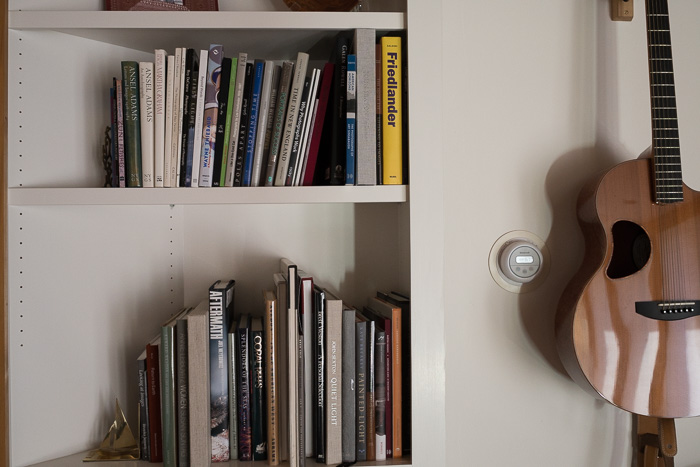
Then I made five more images progressively more underexposed in one-stop intervals:
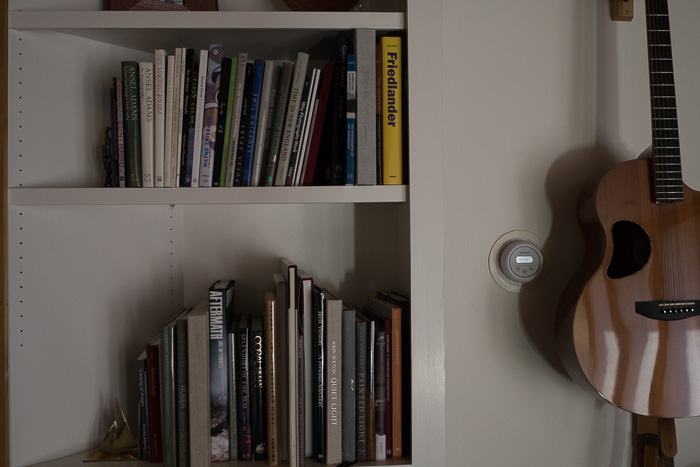
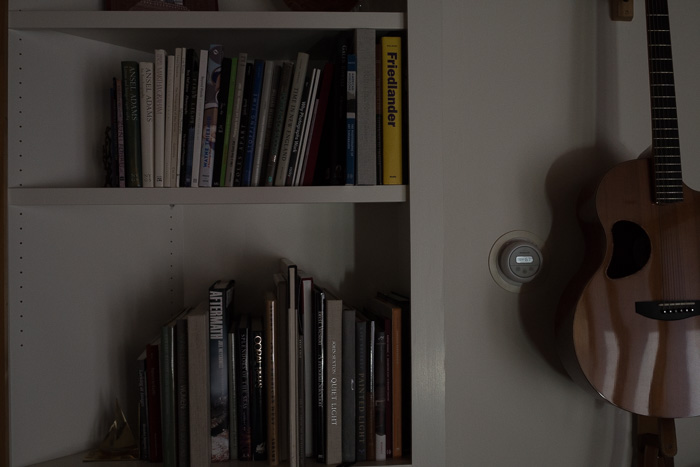
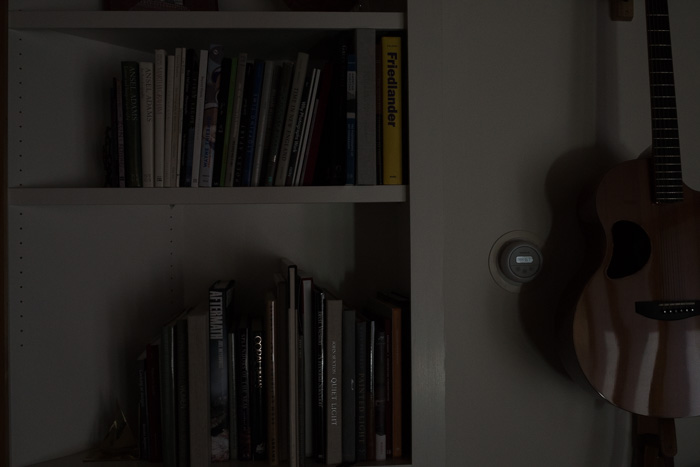
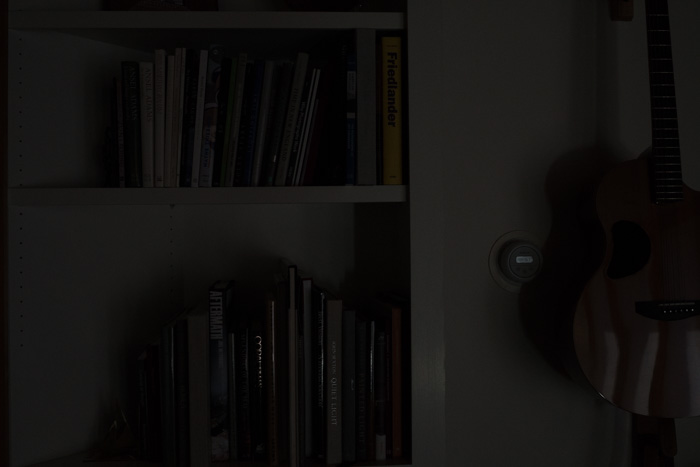
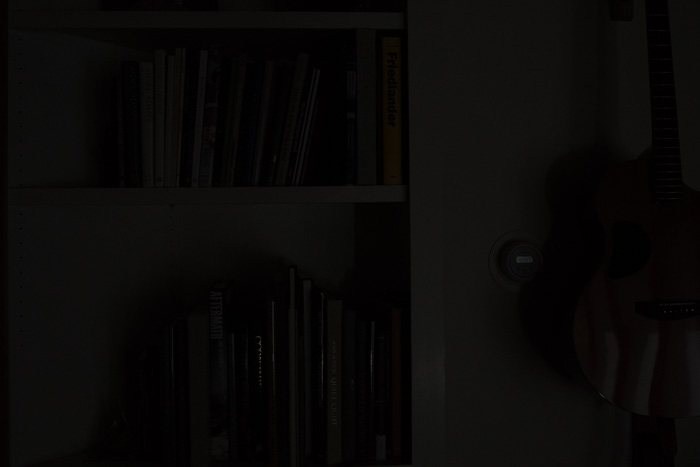
Then I took the underexposed images as gave each of them a Lightroom exposure boost equal to the underexposure.
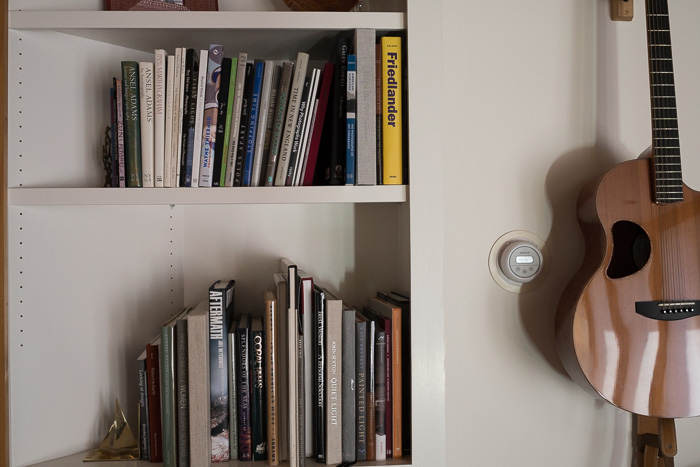
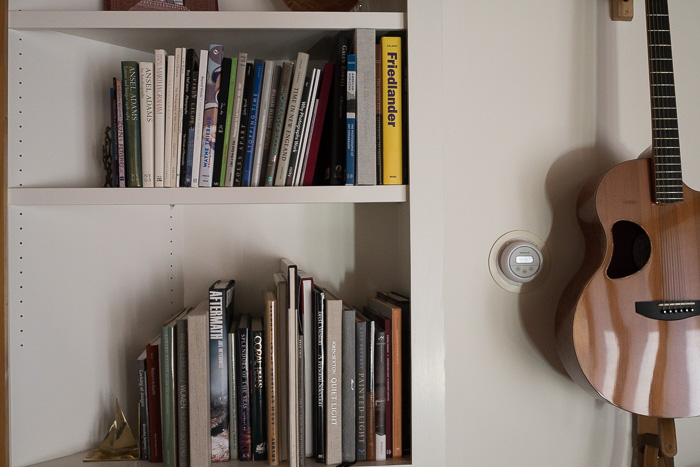
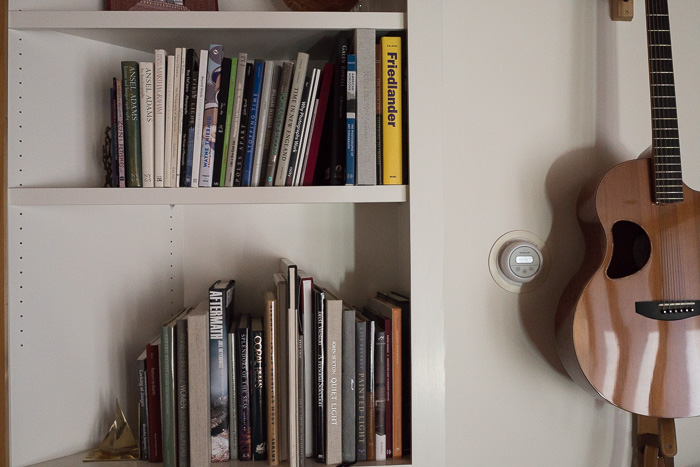
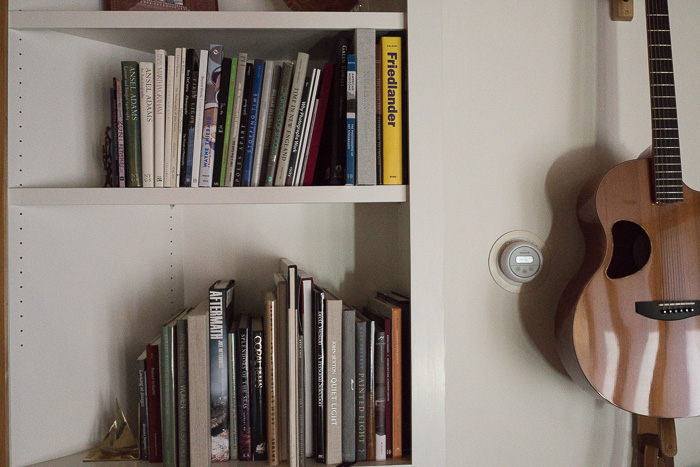
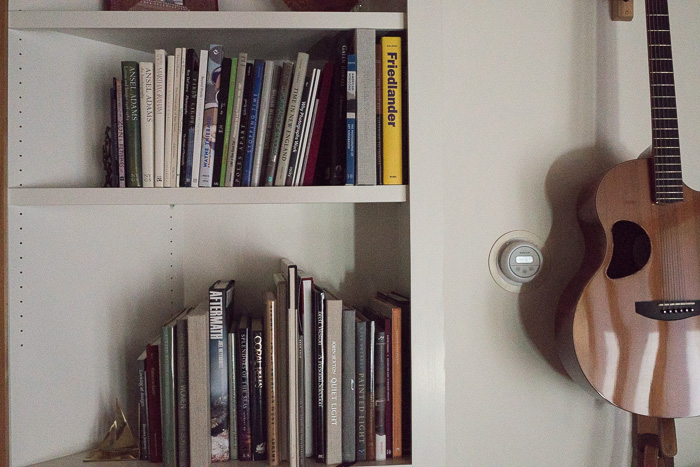
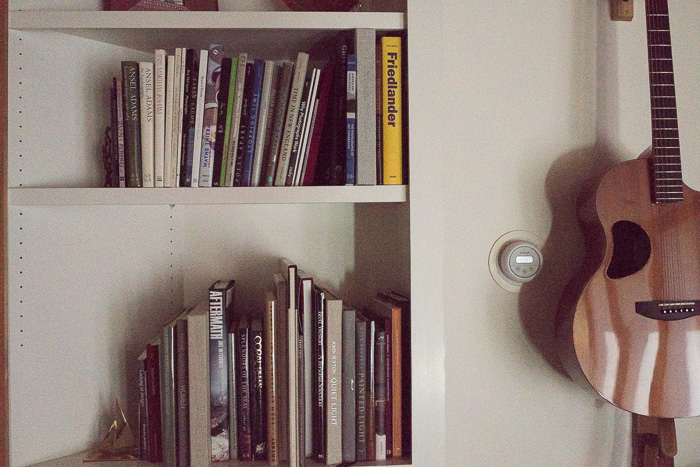
OK, the color twist isn’t bad, but what about the noise? I picked a section with some nice dark areas and blew it up to 200%:
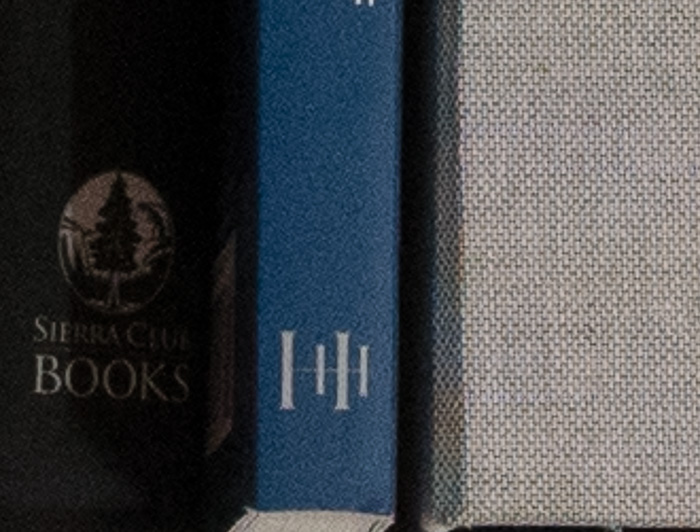
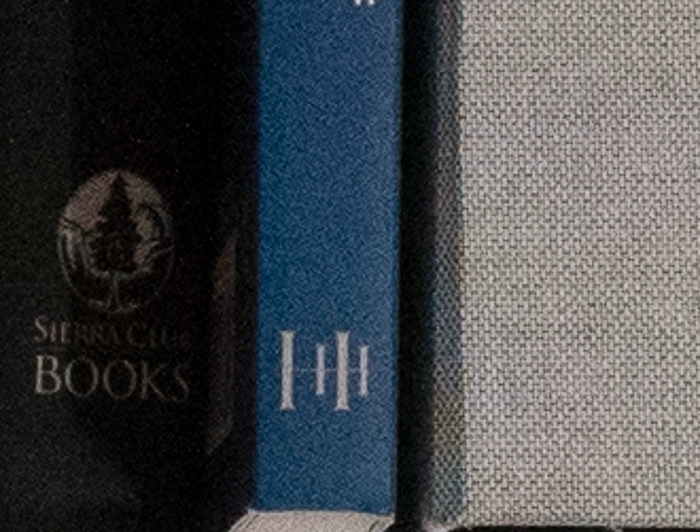
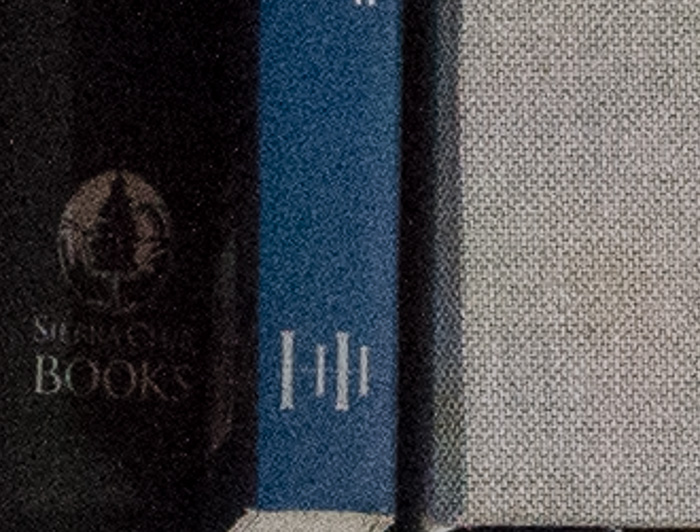
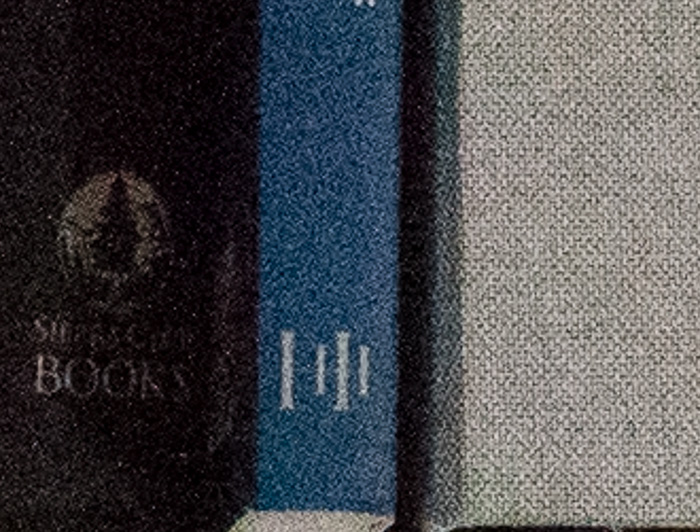
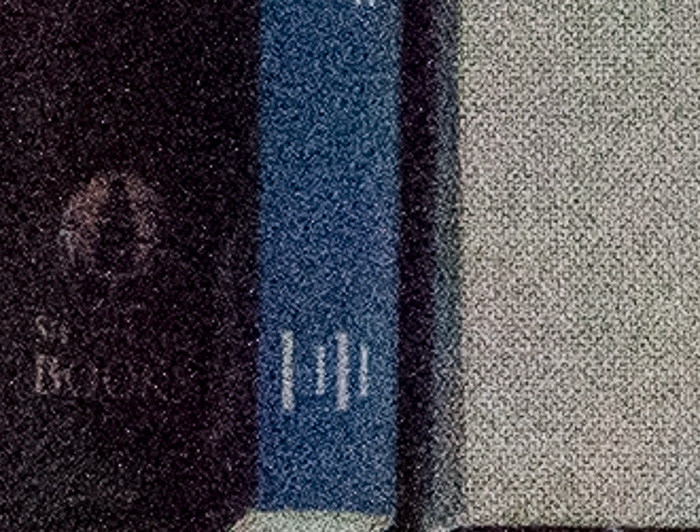
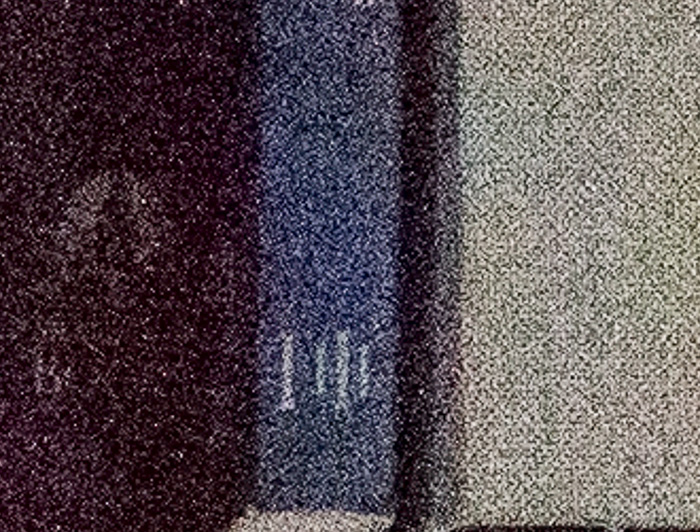
There is a fair amount of noise in the four and five-stop boosted images. Note that they are the equivalent of in-camera exposures of ISO 25600 and ISO 51200, respectively.
I’ll be doing dome comparisons of in-camera-pushed versus post-pushed images. I just wanted to set the stage with this post.
Interesting, not isoless in this range
Jack, in this test you can’t tell if it’s ISOless or not, because the exposures vary. I’m going to have to change the confusing title. Thanks.
Of course, when pushing in camera you’ll run into baked in noise reduction.